Shot Shaping 101
/There are many, many different ways to control the shape of a golf shot, yet none quite as reliable as the method I have outlined below.
This formula works off the fact that most golfers spend hours trying to make their golf swing as consistent as possible. If you spend all that time 'grooving' your swing why, when you need to shape a shot, do you employ a totally different golf swing from the one you worked so hard on?
Do you remember your mother saying, "Two wrongs don't make a right!" ?
Well, for shot shaping, three rights make a left! And three lefts make a right. Keep in mind that whether you are a lefty or righty the formula works the same. Here's the explanation:
To curve the ball to the right
- Aim your body and club face to the left; the direction you would like the ball to start.
- Move the ball position to the left in your stance. (As you view the ball)
- Rotate both hands to your left on the grip of the club. This should be done in a subtle fashion.
Once you are set and ready to fire; make the same swing that you are accustomed to making and the ball should launch in the intended direction and curve to the right.
To curve the ball to the left
- Aim your body and the club face to the right of your target.
- Shift the ball to the right in your stance
- Rotate both hands slightly to the right on the grip.
With a little practice you will start to get a sense for how much the ball position or grip needs to be altered in order to produce the desired result.
Regardless of whether you are a Tour golfer or a beginner, shot shaping is a necessary component to controlling your golf ball. If it's simply a hook to find your way back into play or a soft little cut 6-iron into that front right pin position shot shaping is something you need in your 'bag'.
If you have any thoughts or ideas on shaping the ball please feel free to let me know or post them here.


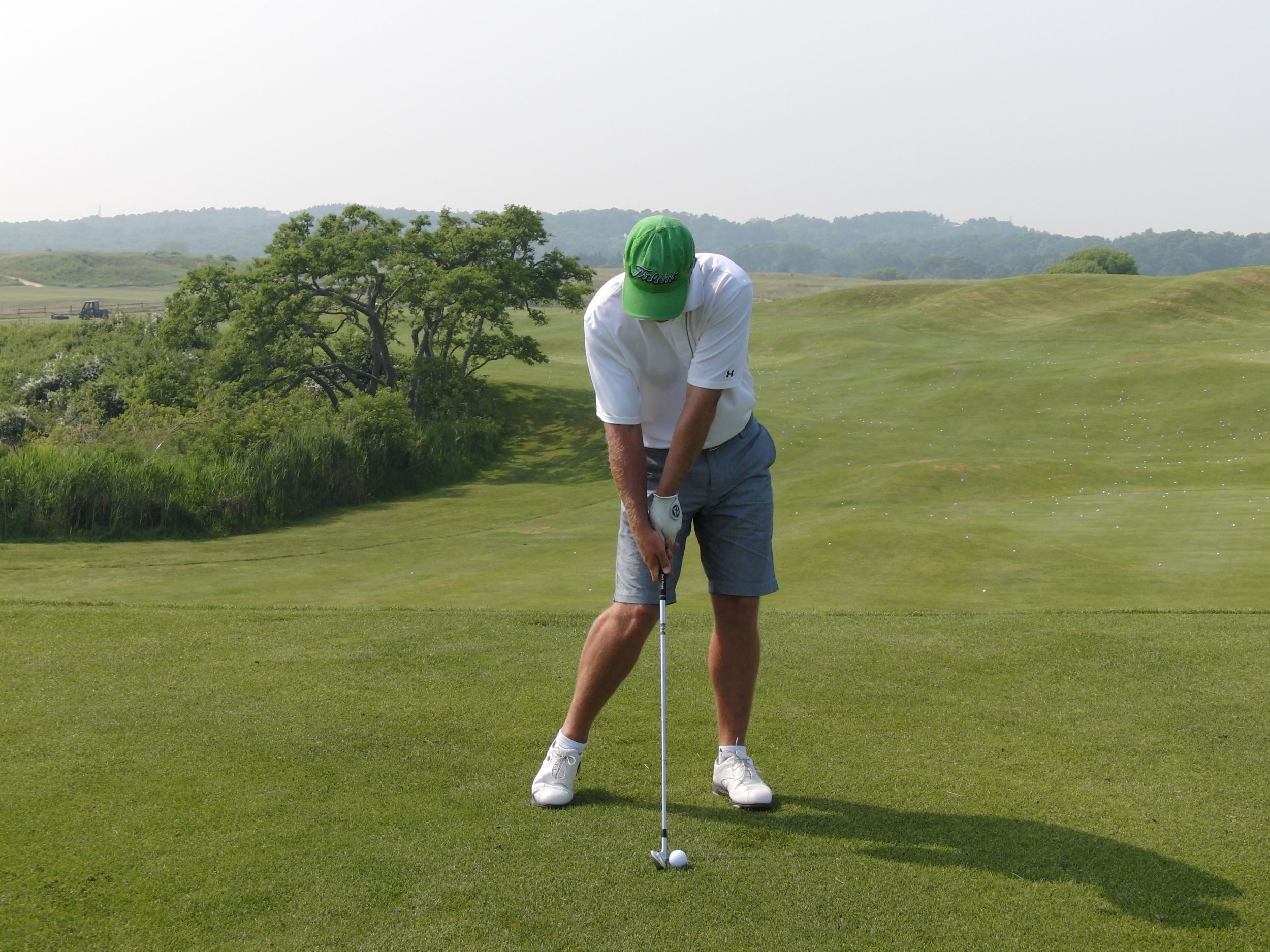
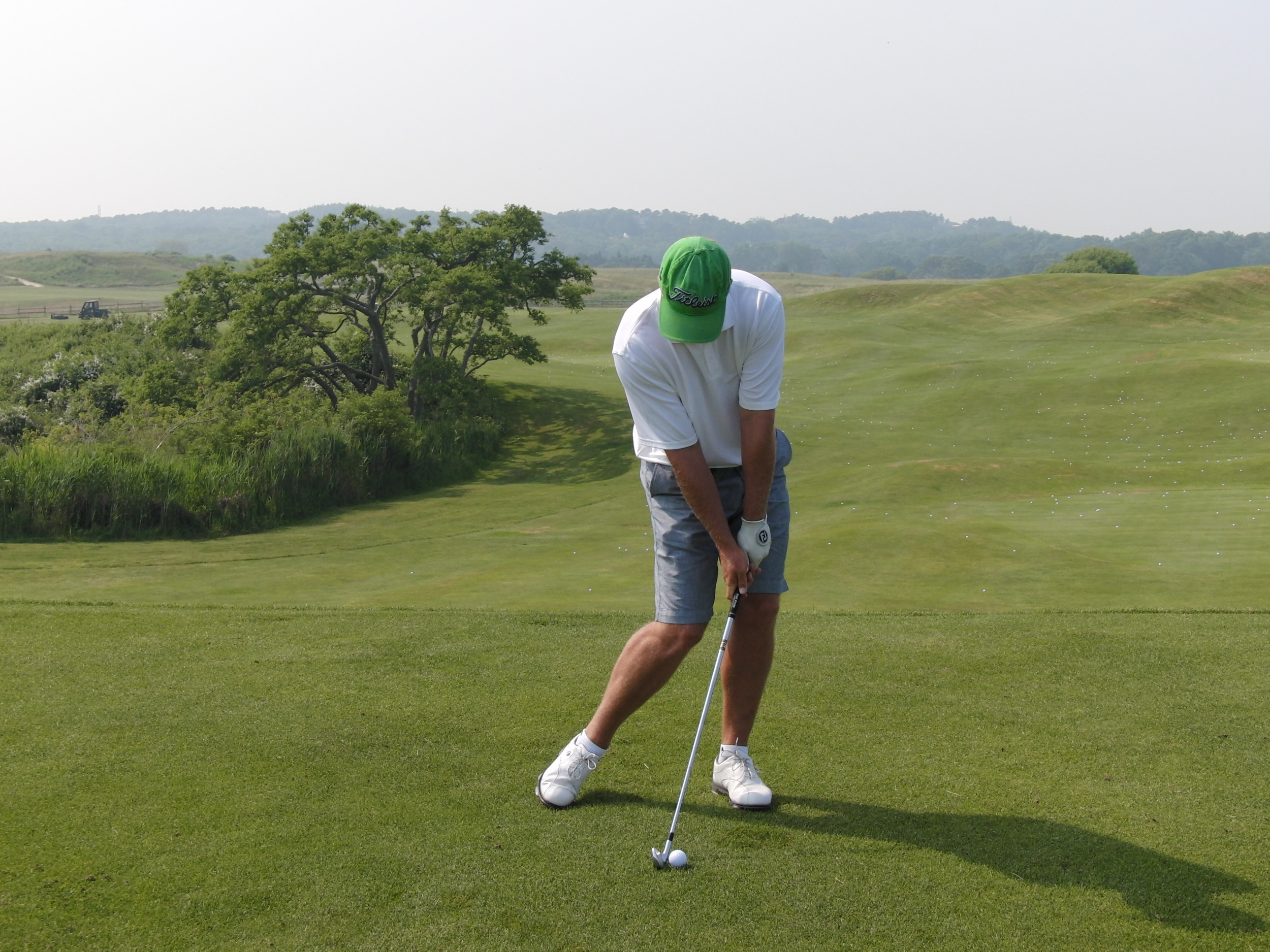
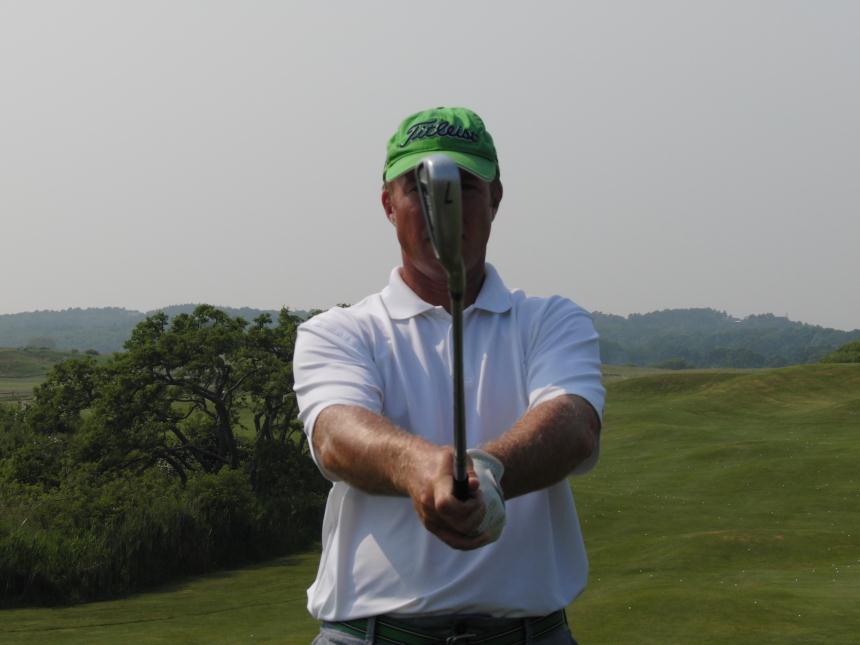

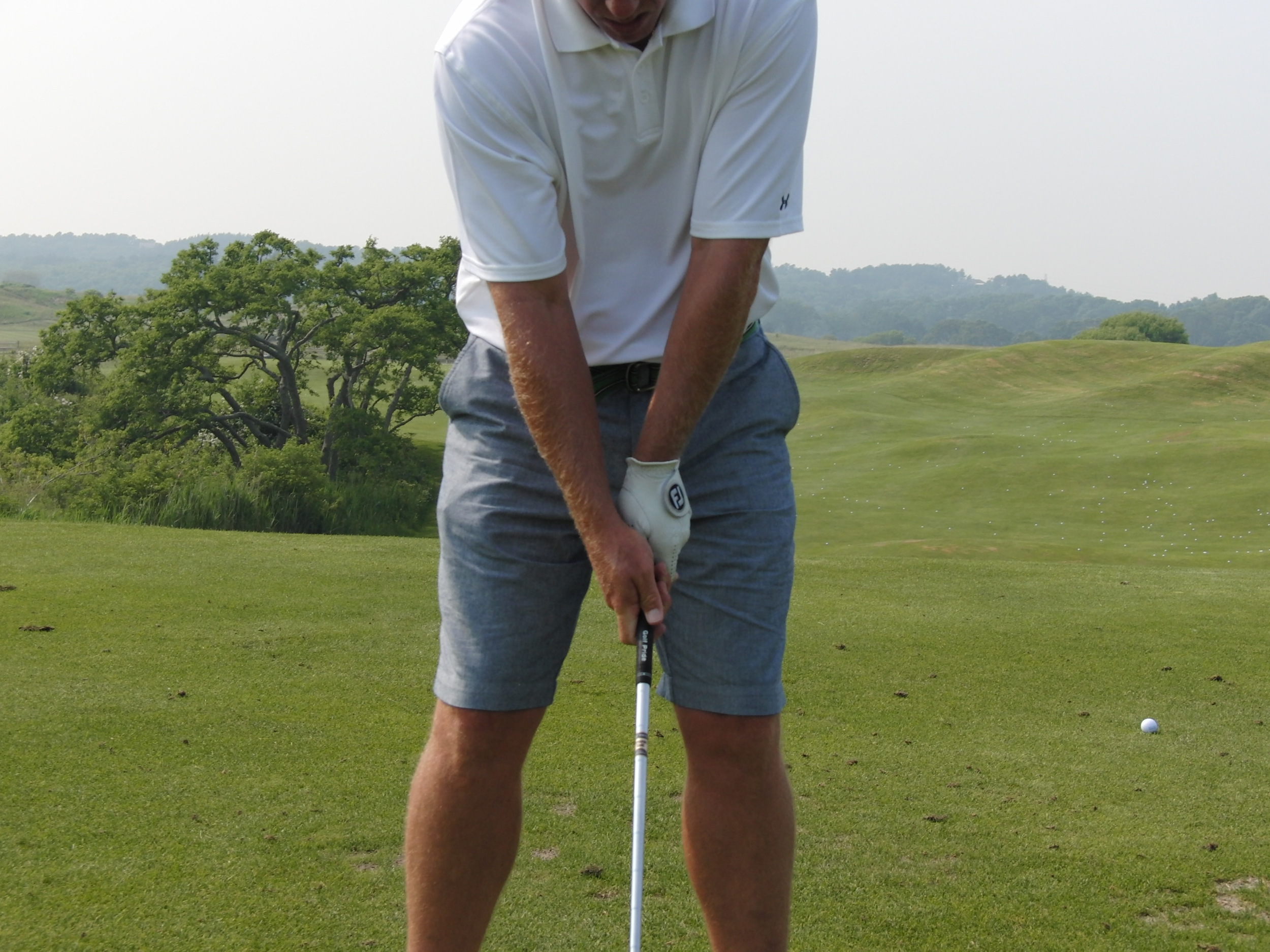


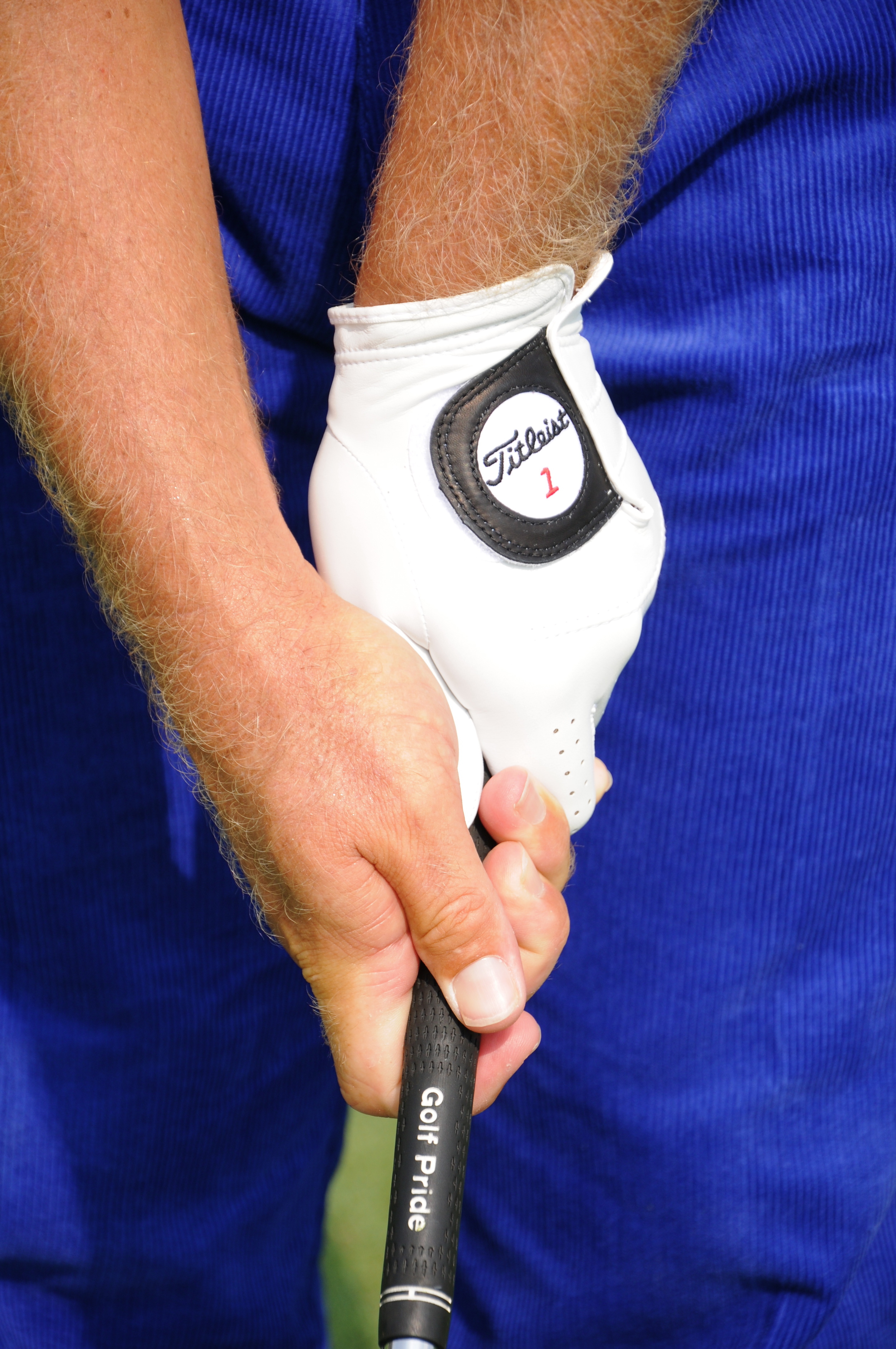
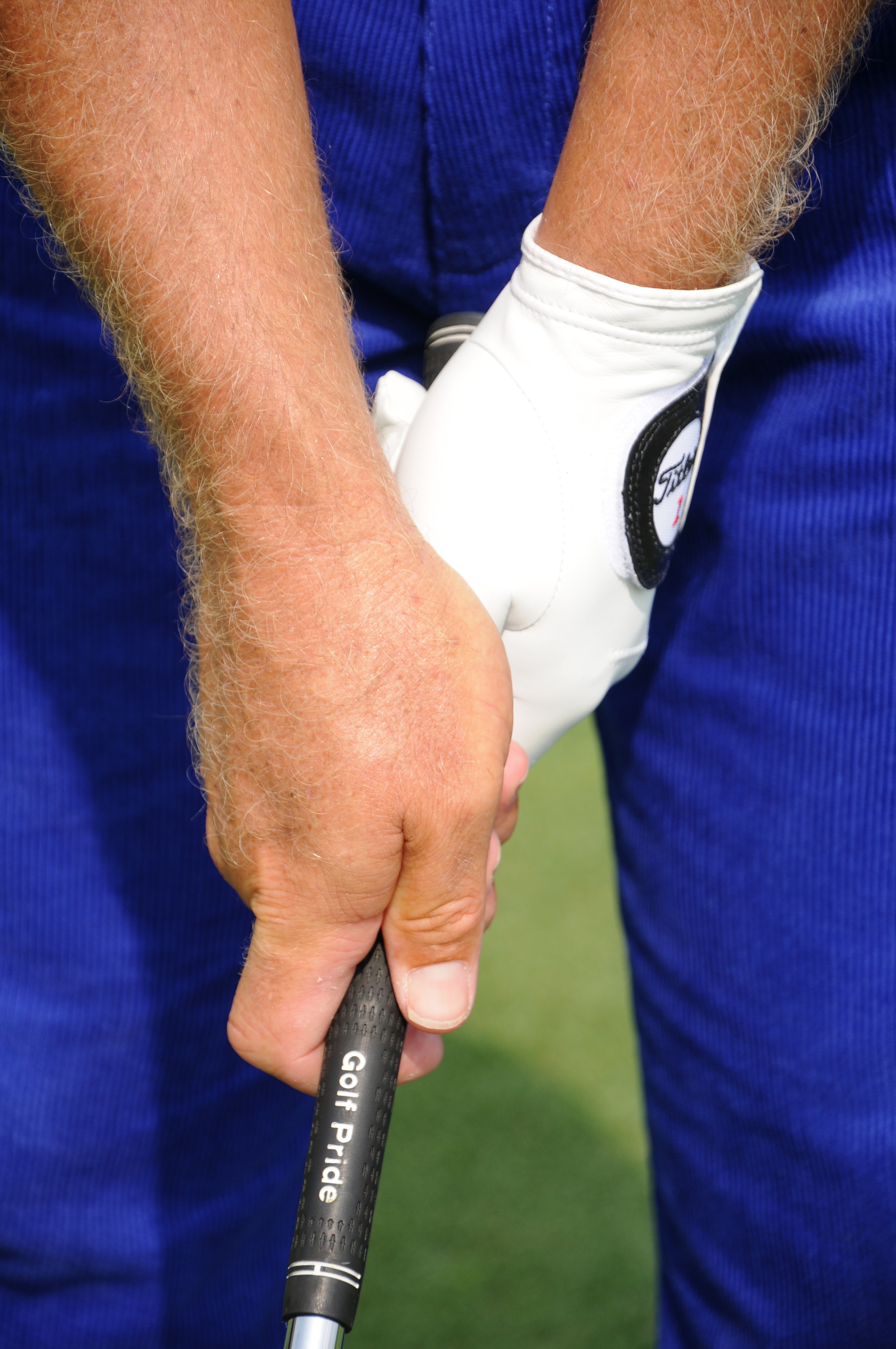
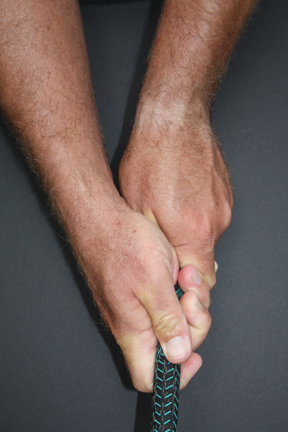 This is the first in a four part series looking at the three primary factors that pertain to a solid impact position. They are:
This is the first in a four part series looking at the three primary factors that pertain to a solid impact position. They are:




